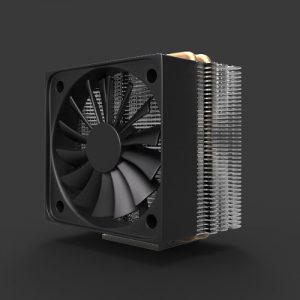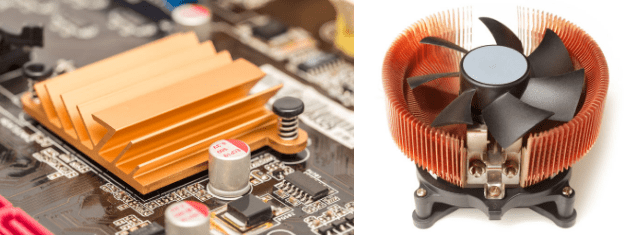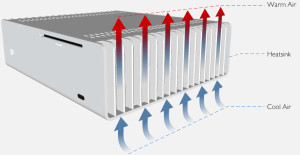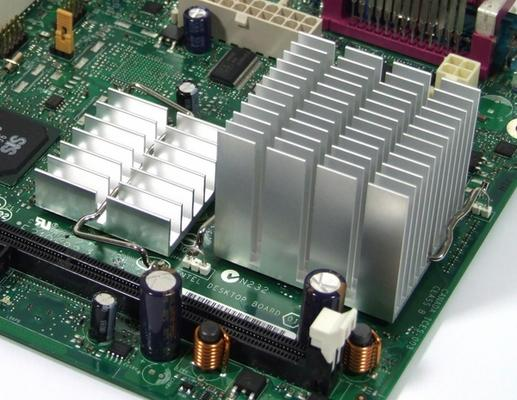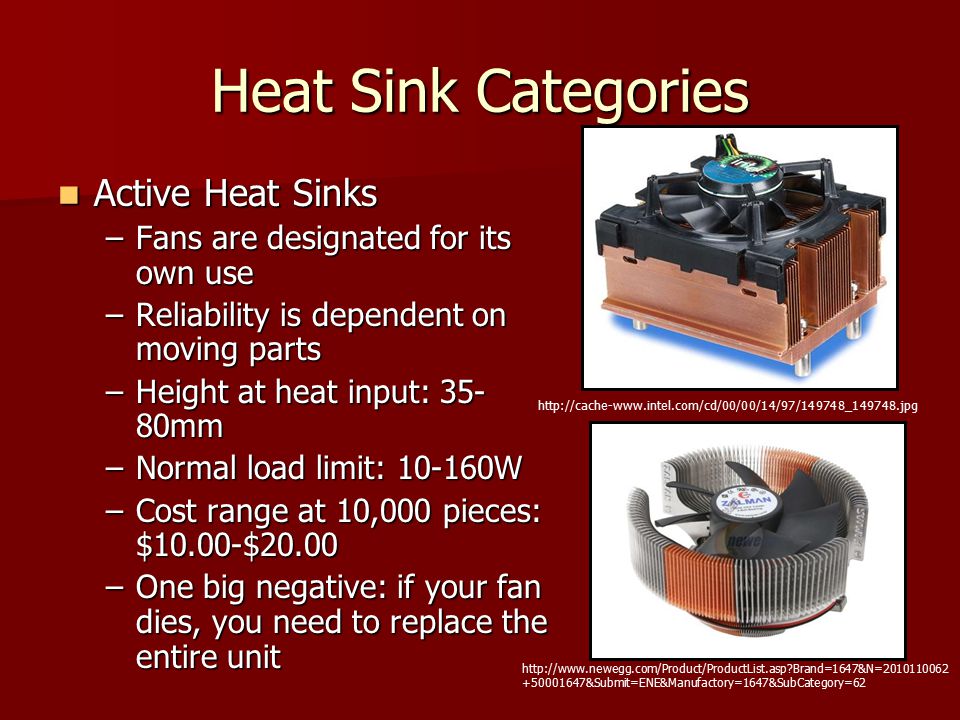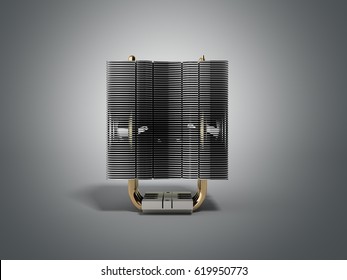In this article we ll walk you through the basics of heat sinks and heat sink design including the calculations involved in defining the proper heat sink for your application.
Active heat sink design.
The heatsink is typically a metallic part which can be attached to a device releasing energy in the form of heat with the aim of dissipating that heat to a surrounding fluid in order to prevent the device overheating.
In computers heat sinks are used to cool cpus gpus and some chipsets and ram modules.
These systems are advantageous as they do not require secondary power or.
You need to be sure you choose the appropriate type based on your design needs and volume requirements.
A heatsink is a passive heat exchanger that transfers heat.
A heat sink also commonly spelled heatsink is a passive heat exchanger that transfers the heat generated by an electronic or a mechanical device to a fluid medium often air or a liquid coolant where it is dissipated away from the device thereby allowing regulation of the device s temperature.
Heat sinks help absorb and dissipate the heat generated by electronic devices.
Remember that sometimes active heat sinks are required for enhanced heat dissipation.
Heat sinks are used on a broad range of electronics ranging from cpus to motor drivers.
Active heat sinks are often used in conjunction with passive heat sinks.
Passive heat sinks rely on natural convection meaning the buoyancy of hot air alone causes the airflow generated across the heat sink system.
Active heat sinks vs.

